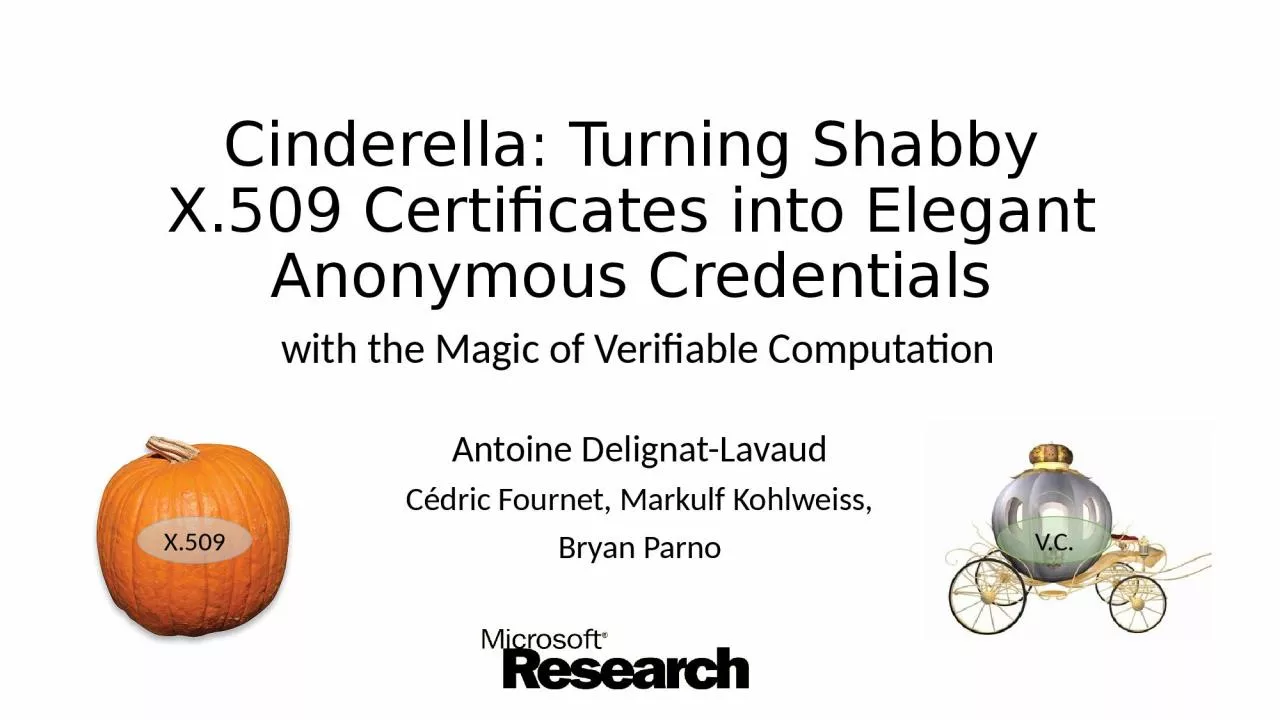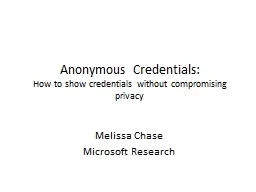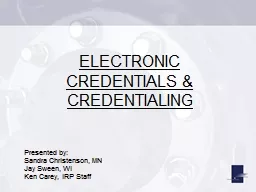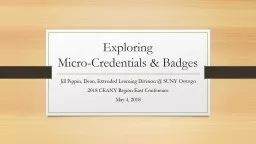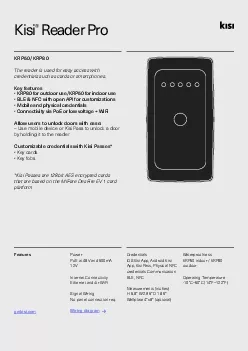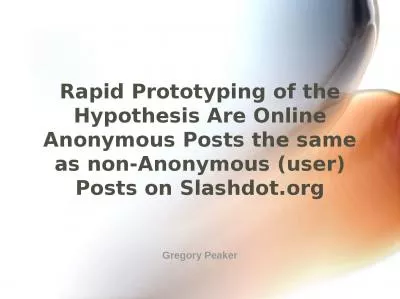PPT-Cinderella: Turning Shabby X.509 Certificates into Elegant Anonymous Credentials
Author : thomas | Published Date : 2024-01-13
Antoine DelignatLavaud Cédric Fournet Markulf Kohlweiss Bryan Parno X509 VC with the Magic of Verifiable Computation The X509 Public Key Infrastructure 1988 Endpoint
Presentation Embed Code
Download Presentation
Download Presentation The PPT/PDF document "Cinderella: Turning Shabby X.509 Certifi..." is the property of its rightful owner. Permission is granted to download and print the materials on this website for personal, non-commercial use only, and to display it on your personal computer provided you do not modify the materials and that you retain all copyright notices contained in the materials. By downloading content from our website, you accept the terms of this agreement.
Cinderella: Turning Shabby X.509 Certificates into Elegant Anonymous Credentials: Transcript
Download Rules Of Document
"Cinderella: Turning Shabby X.509 Certificates into Elegant Anonymous Credentials"The content belongs to its owner. You may download and print it for personal use, without modification, and keep all copyright notices. By downloading, you agree to these terms.
Related Documents

